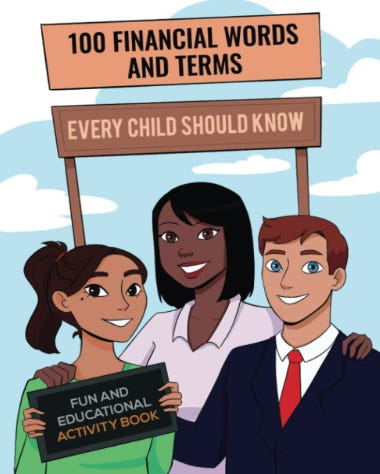Can iCloud's "Hide My Email" put your credit card info at risk?
The primary reason I force-unsubscribed a Substack user

For some email marketers, including retailers, who use paid (and free) newsletters like Substack, the iCloud “Hide My Email” option may be no big deal — or a very big deal — when it comes to subscribers.
Over the past year, a paid Substack user had been dutifully paying for a subscription for several months and actively opening emails. Then something strange happened. The earnings for that Substack account were oddly lower — the result of Stripe’s new rule (as of November 10, 2022) to increase their card transaction fees from 2.9% + $0.30 to 3.4% + $0.30 in the United States.
ADVERTISEMENT ~ Amazon
As an Amazon affiliate, I earn a percentage from purchases with my referral links. I know some consumers are choosing to boycott Amazon for its DEI removal. However, after thinking about this thoroughly, I want to continue promoting cool products from small businesses, women-owned businesses and (specifically) Black-owned businesses who still feature their items on Amazon. As of the first date of Black History Month 2025, each new post will ALWAYS include a MINIMUM of one product sold by a Black-owned business. (I have visited the seller’s official site to verify that Amazon Black-owned logo.) I am (slowly) doing this with older, popular posts too. If you still choose to boycott, I 100% respect that decision.

“This price increase reflects the cost of higher fraud rates associated with collecting customer card details by phone or other unencrypted sources,” Stripe said in a recent report. “Directly typing in sensitive customer data bypasses much of the security that’s built into Stripe’s online payments. As a result, we see higher fraud rates on manually entered payments, leading to higher costs for Stripe.
ADVERTISEMENT ~ Amazon
As an Amazon Affiliate, I earn a percentage for each purchase with my referral links.
But why should it matter if credit card information is typed in manually as a onetime payment or not? If the card works and no fraud is proven, why should the merchant receive lower pay? While I didn’t agree with this initially, I noticed a parallel between the time the manual payment was made and a nosedive in this user’s activity level the same week—and for two more months. Is it possible that iCloud’s “Hide My Email” can be used for credit card fraud?




